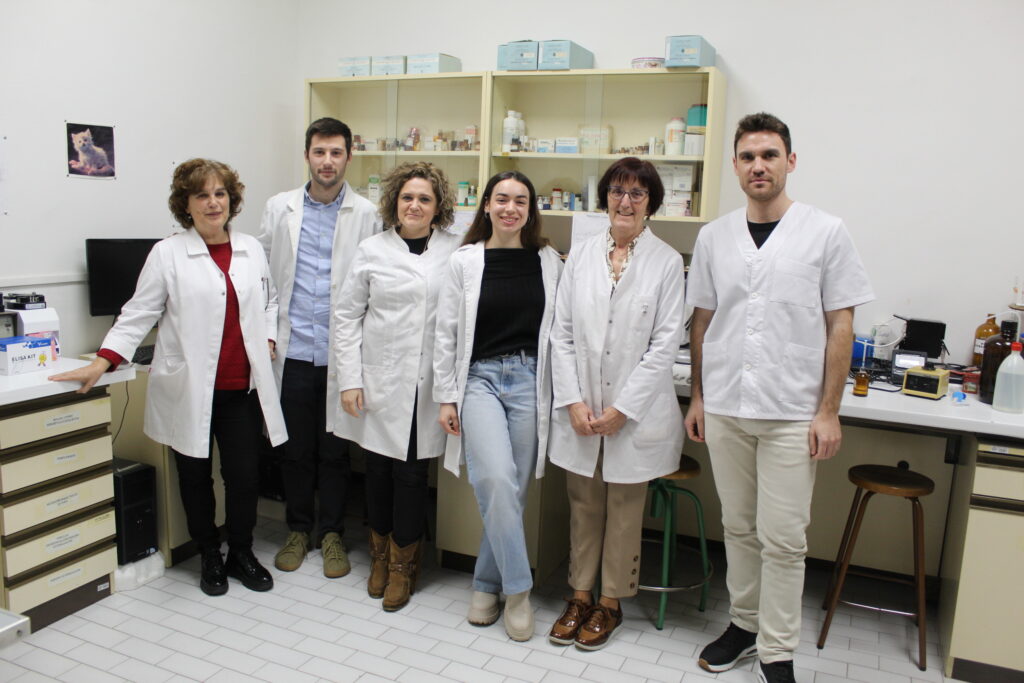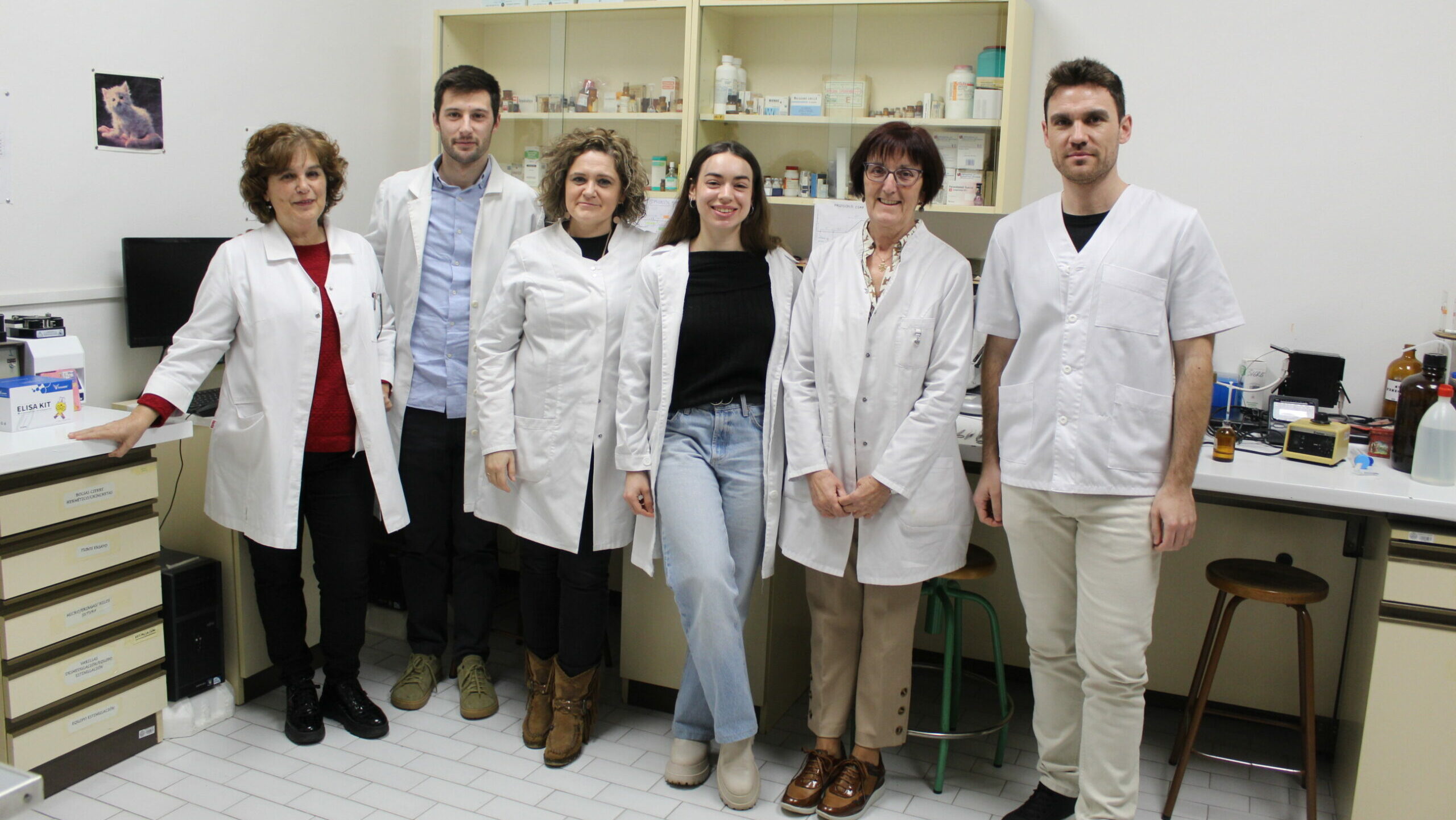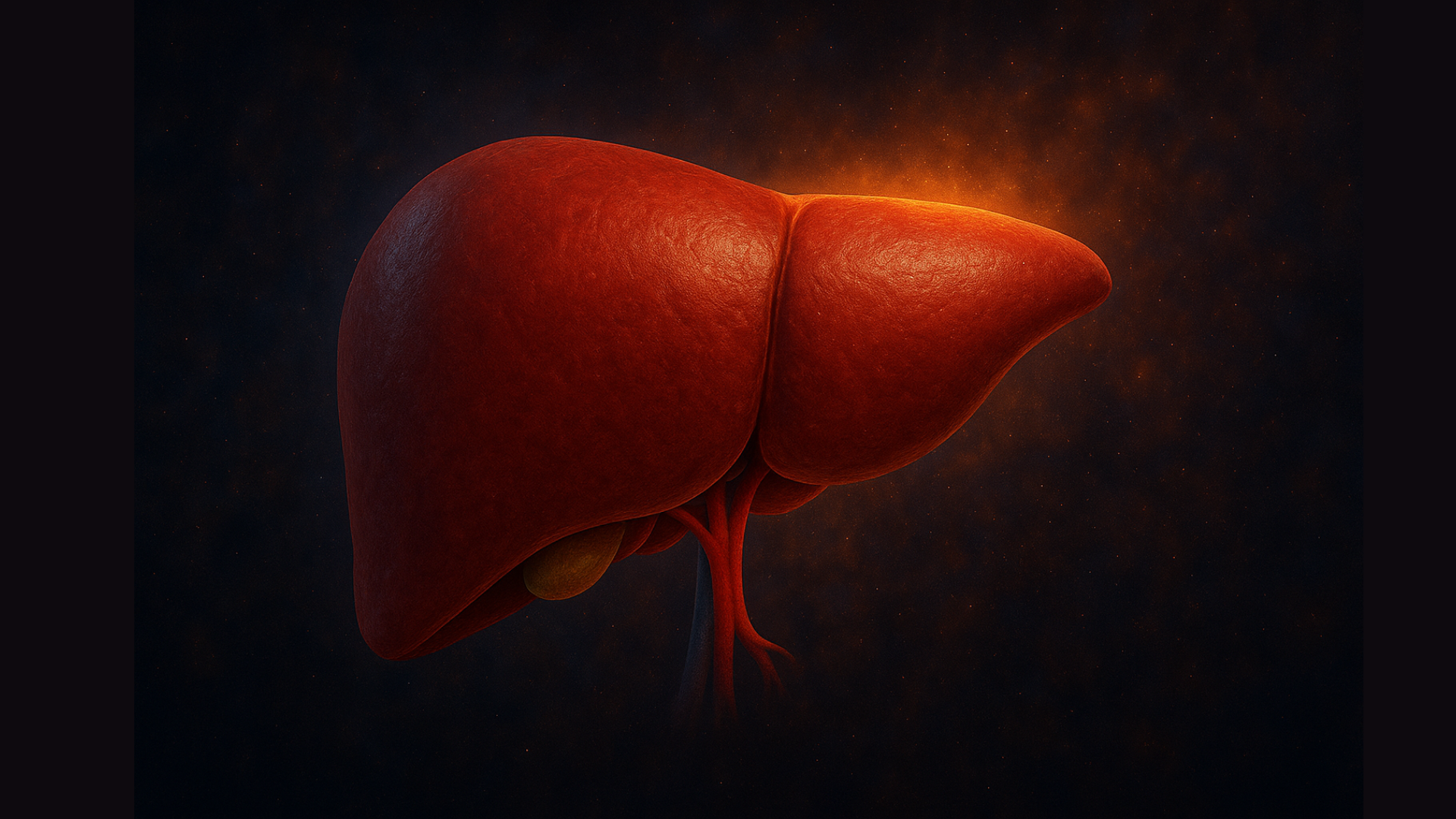The Cardiovascular Pharmacology Group, coordinated by Mónica García Domingo, has demonstrated that the serotonergic system contributes differently in female and male rats when it comes to regulating vascular function, which will facilitate differential pharmacological strategies according to sex in cardiovascular pathologies with marked sympathetic hyperactivity, such as arterial hypertension, diabetes or metabolic syndrome.
The study, published in the high-impact British Journal of Pharmacology, reinforces the need to strengthen research in preclinical animal models to determine how treatments for cardiovascular diseases should be implemented depending on gender, taking into account that they are the leading cause of mortality in women.
Researchers from the Institute of Biomedical Research of Salamanca (IBSAL) and the University of Salamanca (USAL) demonstrate that serotonin (5-HT) contributes differently in female and male rats in regulating vascular function, which opens the way to new differential pharmacological strategies according to sex in cardiovascular pathologies with marked sympathetic hyperactivity, such as hypertension or diabetes.
The importance of the study, published in the high-impact British Journal of Pharmacology, lies in the fact that these differences not only reinforce the idea that sex affects cardiovascular pathophysiology, but also unmask the therapeutic potential of acting on different serotonin receptors, personalized according to sex, to maximize effectiveness and reduce risks.
As explained by Mónica García Domingo, coordinator of the Cardiovascular Pharmacology Group of IBSALAlthough serotonin is best known for its actions in the central nervous system and because it is involved in diseases such as anxiety, depression or eating disorders, we have been studying its role at the peripheral and cardiovascular levels for many years with the aim of finding new therapeutic targets for the treatment of these diseases. cardiovascular diseases, which are the leading cause of death worldwide.and although last year in Spain they were surpassed by tumors in men, in women they remain the main cause of death”.
Sexual variations in cardiovascular disease are caused in part by environmental/social differences between men and women, but there are also biological factors that can be studied in animal models, including the sympathetic nervous system, which is related to the development of hypertension or heart failure. Similarly, men and women show different concentrations of serotonin and expression of several of its receptors.
“The sympathetic nervous system regulates blood pressure and it has been seen that in cardiovascular pathologies, such as hypertension or diabetes mellitus, there is an increase in this nervous activity. We are studying how serotonin, through its receptors, is capable of modulating this sympathetic system in order to search for new therapeutic targets in cardiovascular pathologies,” says the researcher, taking into account the wide variety of serotonin receptors that have been identified to date, each with a specific distribution and function.
The researchers, who also belong to the Recognized Research Group (RGRI), have been working on the following topics Serotonergic system and its pharmacological involvement in cardiovascular pathologiesThe researchers, who also belong to the Recognized Research Group (GIR) of the University of Salamanca, had already demonstrated in male rats that serotonin is capable of modulating the sympathetic system, both in a normal situation and in pathological situations induced by hypertension and diabetes. “And not only at the vascular level, but also in different organs/tissues, such as the mesentery or the kidney, which contribute to the regulation of blood pressure,” adds Mónica García Domingo.
In female rats, the receptors involved are modified.
In the study now published, and with the aim of contributing to a better approach to cardiovascular disease in women, they used female rats of childbearing age (14-16 weeks) and found that serotonin, as in males, is capable of modulating sympathetic neurotransmission, but the receptors involved are modified.
“Serotonin exerts an inhibitory action on vascular sympathetic activity through the 5-HT1D receptor in the case of females, whereas 5-HT1A was also involved in the case of males. Therefore, we would have to look for a pharmacological target that would act directly on this receptor and not on the other to reduce sympathetic discharge at the vascular level and prevent the appearance of cardiovascular pathologies,” he explains. But it has also been shown that in females there are other receptors (5-HT2A and 5-HT3) that enhance sympathetic activity, so “in this case the pharmacological interest would be to block them”.
“We already have a pharmacological model with which we have blocked the 5-HT2 receptor and we have seen that we favor actions that inhibit the release of noradrenaline with beneficial effects in pathologies such as diabetes. Our next step is to continue working on female rats with induced cardiovascular pathologies and see how they respond,” says the researcher. They already have pre-established models for working on diabetes and hypertension, and now the objective is to incorporate metabolic syndrome into these experiments.
In conclusion, the results of this study add to the scientific evidence indicating that cardiovascular homeostasis is highly sex-dependent and reinforce the need for preclinical pharmacological studies in both female and male animal models to determine how treatments for cardiovascular disease should be implemented in patients depending on sex. In this case, it has been shown that acting on different serotonin receptors may become a new strategy to treat cardiovascular disorders prevalent in women, which are clearly linked to alterations in the sympathetic nervous system.
An original model of animal experimentation
The Cardiovascular Pharmacology Group at IBSAL is one of the few in the world, together with the Center for Research and Advanced Studies of the National Polytechnic Institute (CINVESTAV) in Mexico, that uses this in vivo methodology to study the serotonergic system and its influence at the cardiovascular level. This international collaboration has led to several joint publications and highlights the importance of continuing to experiment with animal models.
“We are currently one of the few groups in which all members are accredited to work with experimental animals and we continue to work in vivo on whole animals, tests necessary to facilitate the passage to the clinic. We assess the effects on the whole organism and how it is able to compensate or regulate the whole pharmacological action, which is not possible with other techniques such as isolated organ and cell lines”, explains the IBSAL scientist, who also shows her willingness to initiate collaborations with the Hospital de Salamanca to promote translational research in the field of experimentation of new drugs for the treatment of different pathologies.

From left to right: Asunción Morán, Juan Francisco Fernández González, Mónica García Domingo, Anaís Terol Úbeda, María Luisa Martín and José Ángel García Pedraza, in the Pharmacology laboratory of the Faculty of Pharmacy of the University of Salamanca.
Reference article:
Terol-Úbeda, AC, Fernández-González, JF, Roldán Hernández, CA, Martín, ML, Morán, A., García-Domingo, M., & García-Pedraza, José Ángel (2025). Influence of sex on serotonergic modulation of vascular noradrenergic drive in rats. British Journal of Pharmacology, 182 (4), 1025 – 1037. https://doi.org/10.1111/bph.17380.
https://bpspubs.onlinelibrary.wiley.com/doi/10.1111/bph.17380
The IBSAL
The Institute of Biomedical Research of Salamanca (IBSAL) was established on March 21, 2011 through an agreement signed by the Ministry of Health of the Regional Government of Castilla y León and the University of Salamanca, which was joined in February 2012 by the Spanish National Research Council (CSIC). It integrates and coordinates the biosanitary research carried out at the University Hospital of Salamanca, the Primary Care Management of Salamanca and the biosanitary area of the University of Salamanca, including the Institute of Neurosciences of Castilla y León and the Institute of Molecular and Cellular Biology of Cancer.
Its scientific activity is structured in six areas, with a total of 84 research groups: Cancer (23 groups); Cardiovascular, Renal and Respiratory (11); Neurosciences (12); Infectious, Inflammatory and Metabolic Diseases (17); Gene and Cell Therapy and Transplants (6) and Primary Care, Public Health and Pharmacology (15).
More information and contact:
comunicacion@ibsal.es



